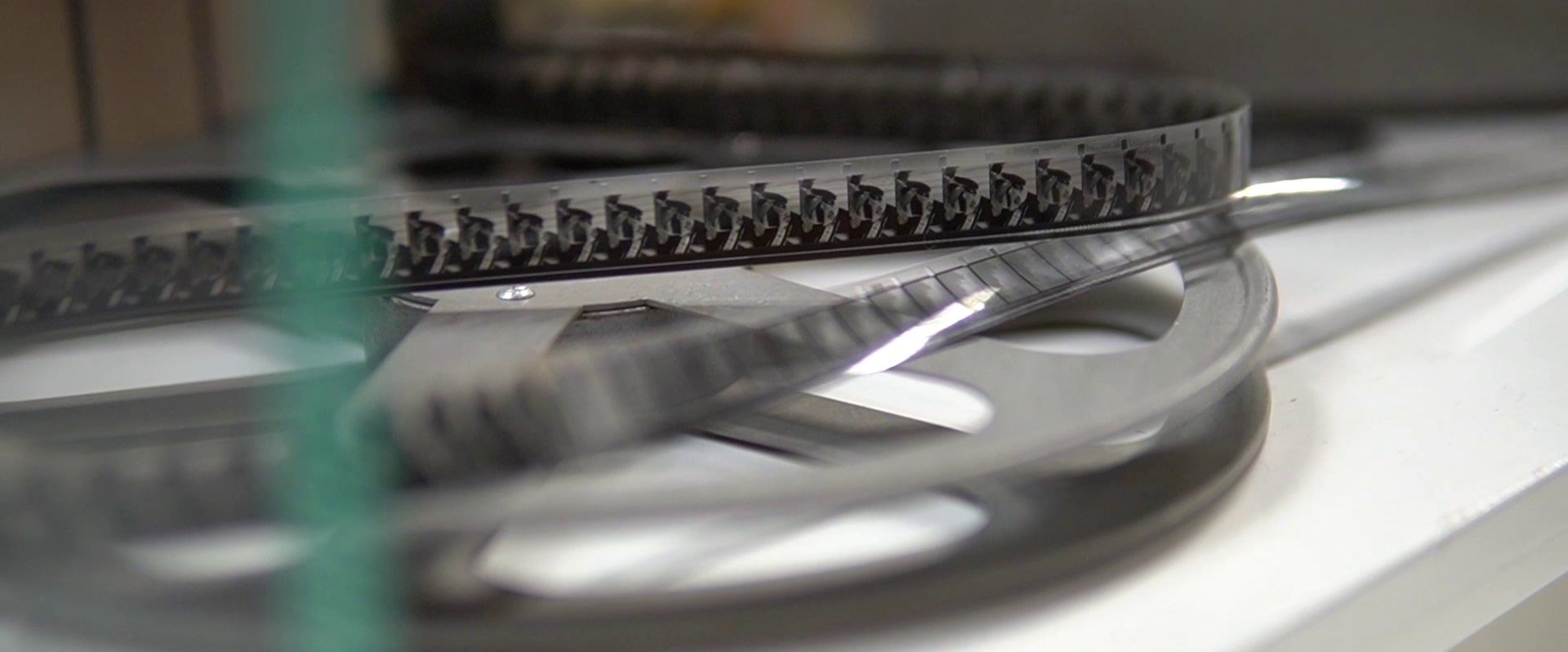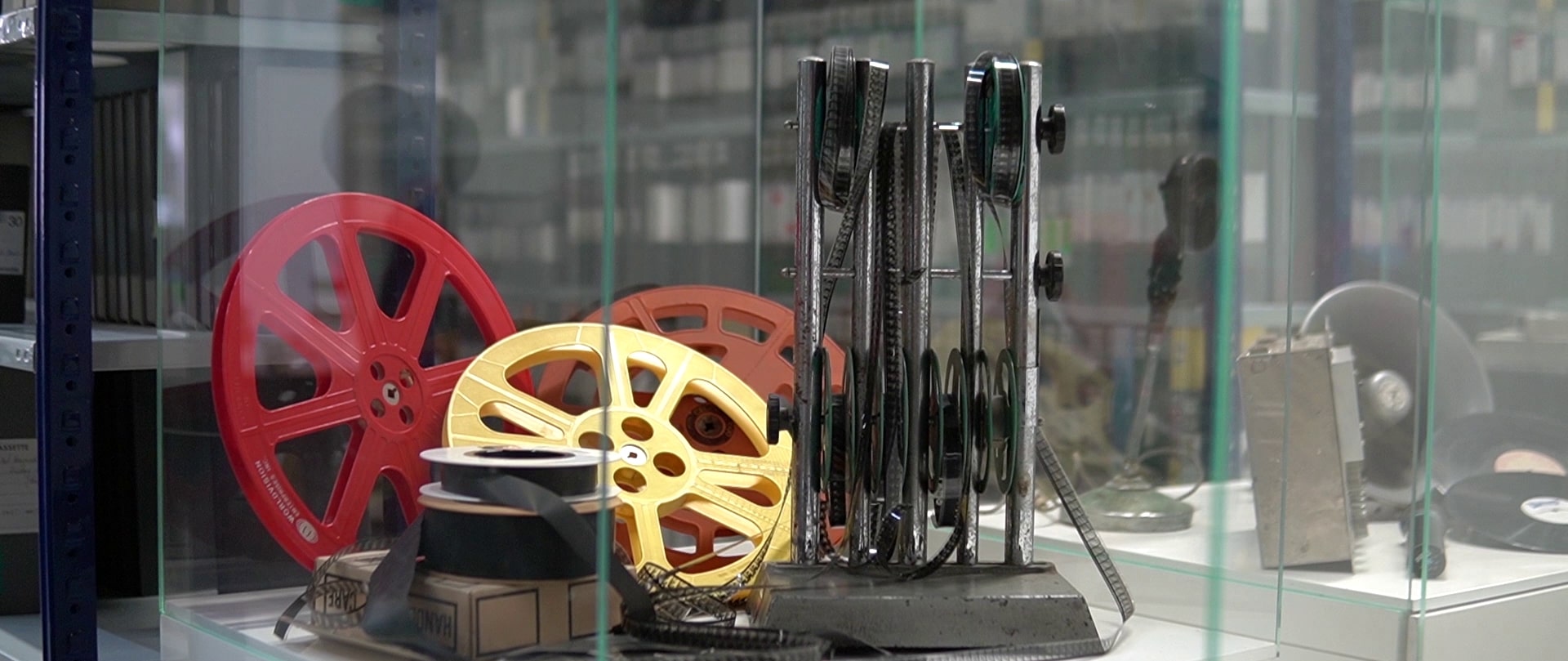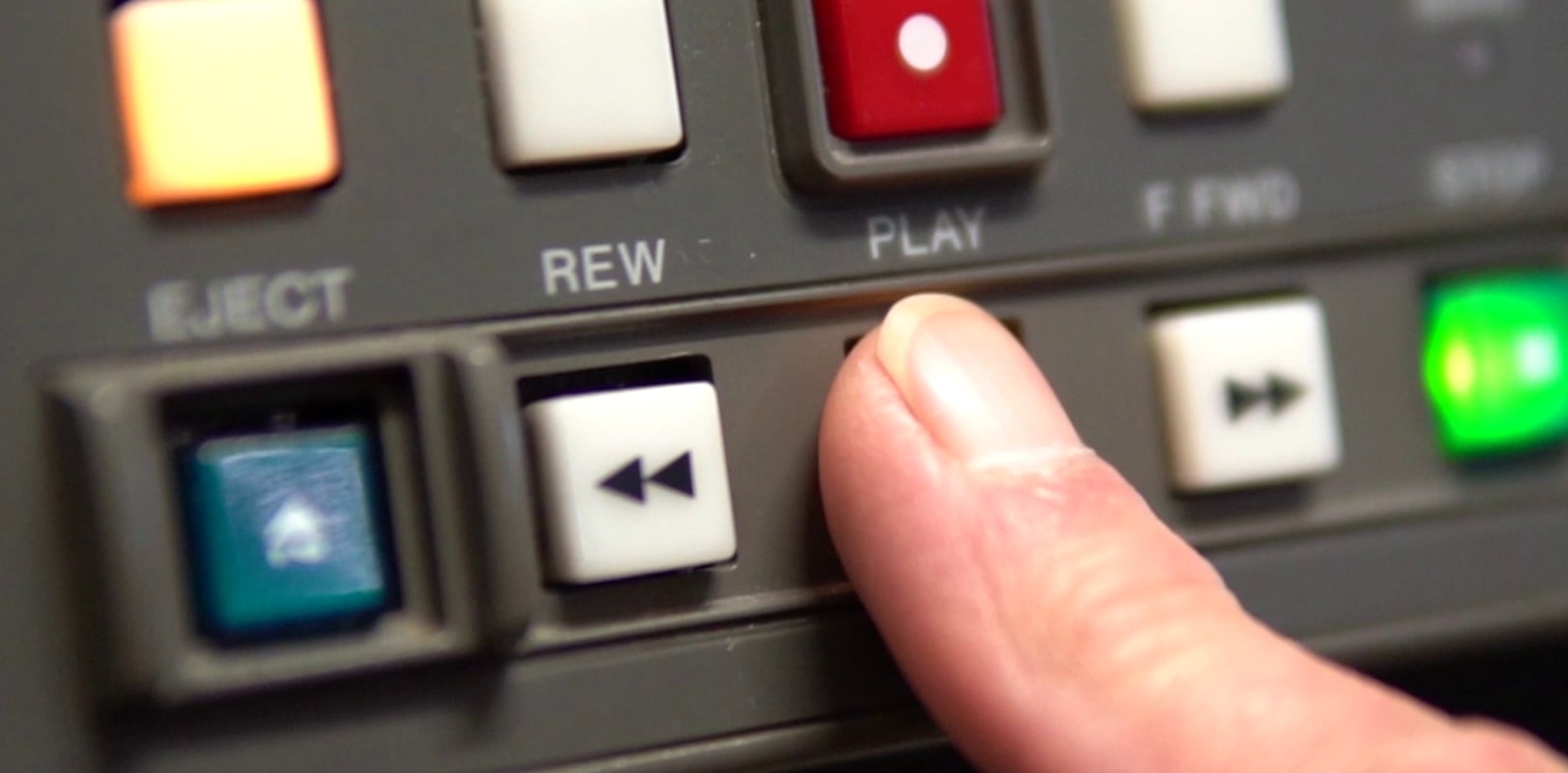The process of digitising footage usually involves handling physical media which are no longer used by broadcasting organisations. All the media types listed below have been phased out a long time ago to be replaced by digital alternatives, but they still feature prominently in many public archives and family collections.
Film stock and BCNs
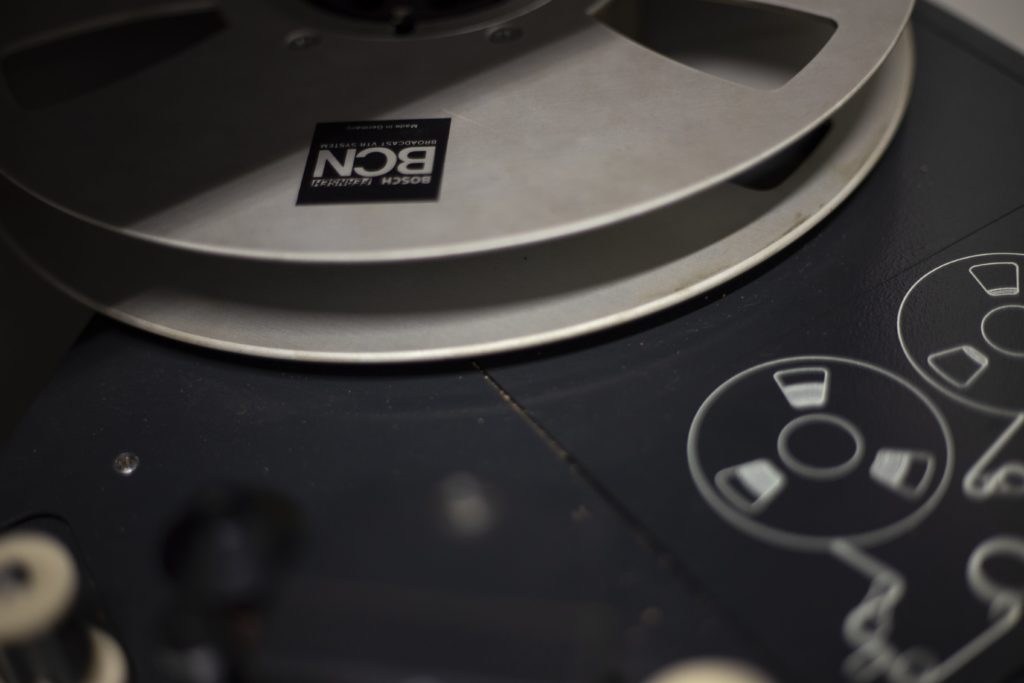
Film stock and BCN are two analogue media formats that are commonly stored in reels, but that’s where the similarities end. Film stock uses a transparent plastic strip coated in a light-sensitive emulsion to capture images during recording, and which is later chemically developed inside a darkroom. On the other hand, BCN is a magnetic tape format developed in Germany in the mid-1970s which uses a long, narrow strip with a magnetic coating to record both video and audio.
U-Matics/High-bands
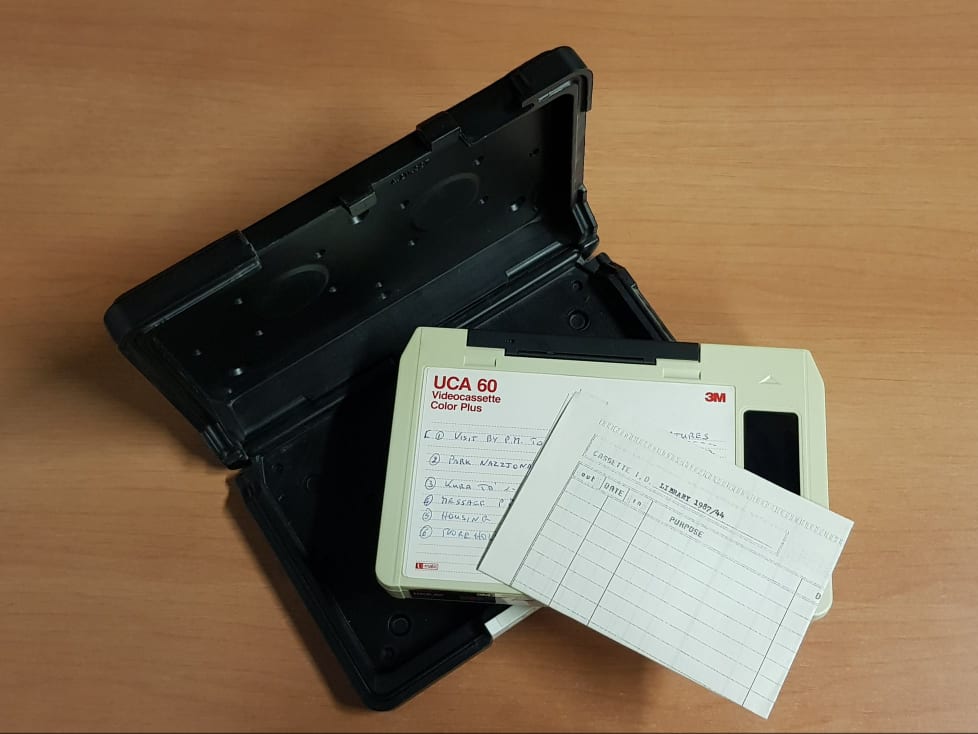
U-Matic (also known as high-band) is among the earliest video tape formats where the tape is contained inside a cassette. The medium was initially geared towards the consumer market, but it found greater success among industrial users and was widely used for educational, business, and TV broadcasting purposes. A curious fact about U-Matic is that the two reels around which the tape is wound spin in opposite directions during playback, unlike most video cassette formats.
VHS and Betamax
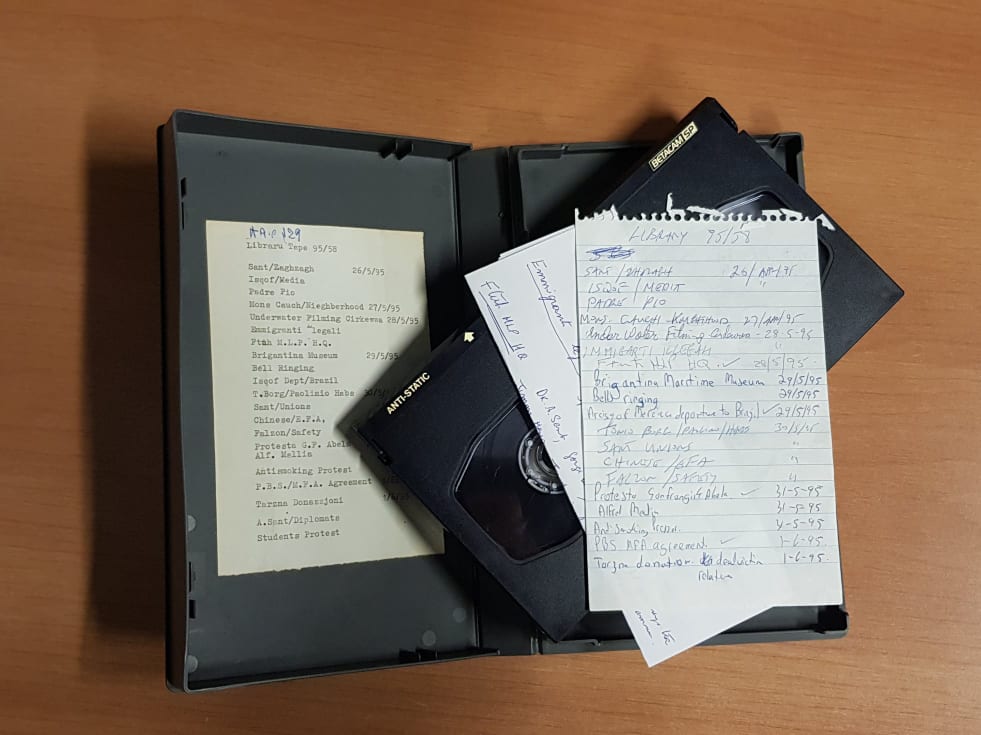
VHS and Beta are probably the most well-known video cassette formats, and the decades between the 1970s and 1980s saw fierce competition between the two brands to capture the biggest share of the market. Both systems use a magnetic tape recording, but the Betamax standard allows for longer recording times than VHS and better picture quality. Ultimately, VHS emerged victorious in the format war due to it being more affordable and better marketed to home consumers.
These physical media types are considered obsolete in professional broadcasting as footage nowadays is captured digitally and stored in SD cards or uploaded to the cloud, where it can be shared over the internet. From a heritage perspective, however, these older media types are worthy of protection as they contain a priceless audiovisual legacy which MAVM is working hard to preserve for future generations.


